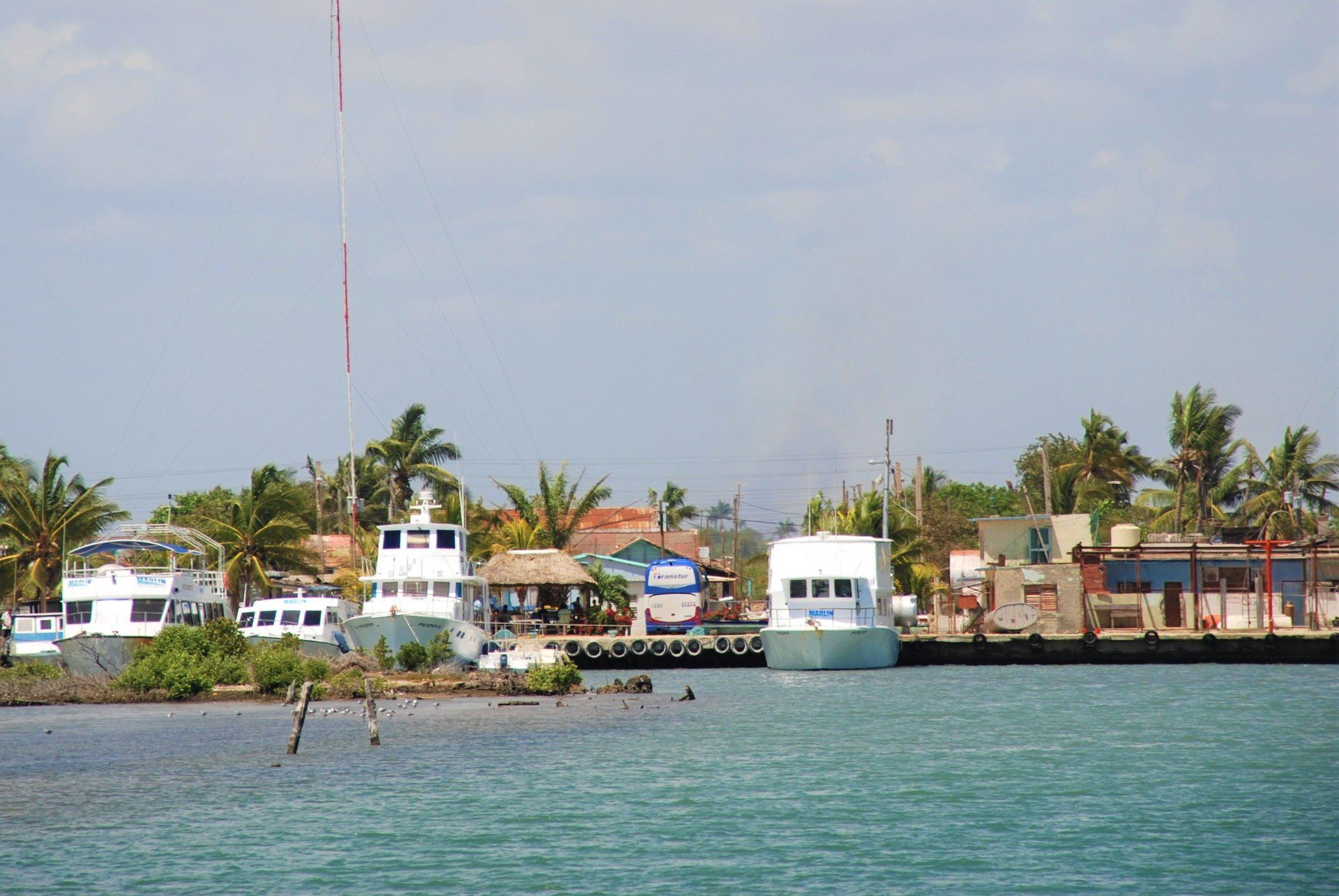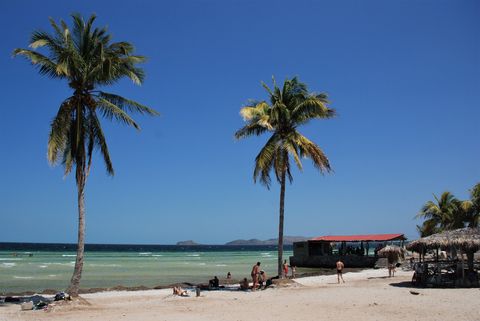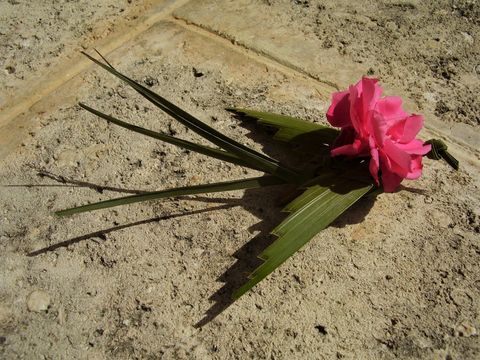
Cuba

Cuba, officially the Republic of Cuba, is an archipelago of islands located in the northern Caribbean Sea at the confluence with the Gulf of Mexico and the Atlantic Ocean. The United States lies 150 kilometres (93 miles) across the Straits of Florida to the north and northwest (to the closest tip of Key West, Florida), and the Bahamas 21 kilometres (13 miles) to the north. Mexico lies 210 kilometres (130 miles) across the Yucatán Channel to the west (to the closest tip of Cabo Catoche in the State of Quintana Roo).
Cuba is the principle island, surrounded by four smaller groups of islands: the Colorados Archipelago on the northwestern coast, the Sabana-Camagüey Archipelago on the north-central Atlantic coast, the Jardines de la Reina on the south-central coast and the Canarreos Archipelago on the southwestern coast.
As just one example of the richness of Cuba's flora and fauna, the Jardines de la Reina has a stunning variety of marine life and the above surface flora and fauna is also fascinating. Bird varieties commonly seen include: ospreys, pelicans, frigate birds, spoonbills and many different sorts of heron and egret. The only indigenous mammal is the 'jutilla' (a coypu-like creature that lives in the mangroves) while reptiles are represented by a large population of iguanas.
The flora is mainly palm trees, differing forms of Caribbean pine trees, sea grapes and mangroves. However, like much of the Caribbean, the real beauty is below the surface. Besides the extensive flats which teem with the fish that anglers seek, there is a chain of coral reefs very close to the Southern shore of the archipelago, where undisturbed, undamaged coral abounds.
The main island named Cuba is 1,250 kilometres (780 miles) long, constituting most of the nation's land area and is the largest island in the Caribbean and 17th-largest island in the world by land area. The main island consists mostly of flat to rolling plains apart from the Sierra Maestra mountains in the southeast, whose highest point is Pico Turquino (1,974 metres or 6,476 feet).
The second-largest island is Isla de la Juventud (Isle of Youth) in the Canarreos archipelago. Cuba is the largest island in the Caribbean, and the second-most populous after Hispaniola, with over 11 million inhabitants. It is a multiethnic country whose people, culture and customs derive from diverse origins, including the aboriginal Taino and Ciboney peoples, the long period of Spanish colonialism, the induction of African slaves and a close relationship with the Soviet Union during the Cold War.
The waters targeted for our Cuba packages are largely within Cuban National Marine parks where no commercial fishing is allowed other than for lobster. Flats fish like tarpon, permit, bonefish, snook, mutton snapper, barracuda and a variety of jacks are found in high numbers on expansive white sand flats, in deep channels between the flats and lagoons.
FISHING PACKAGES IN CUBA

Cuba

Cuba

Cuba

Cuba



